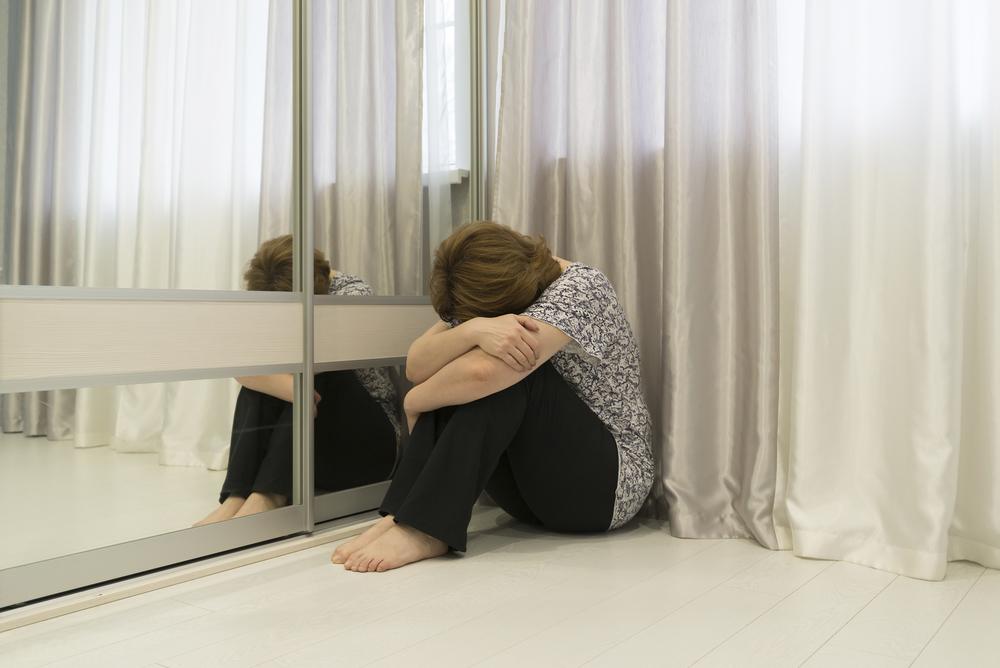A Comprehensive Guide to the 9 Most Common Types of Depression and Their Impact on Mental Health
Explore an in-depth overview of the nine most common types of depression, including symptoms, diagnosis, and treatment options. This comprehensive guide aims to improve understanding, promote early intervention, and reduce stigma surrounding mental health conditions. Learn how each depression type uniquely impacts individuals and what steps can be taken towards recovery.

Depression remains one of the most prevalent mental health disorders worldwide, affecting millions of individuals across age groups and backgrounds. While many people experience occasional feelings of sadness or low motivation, clinical depression is a more severe, persistent condition that can significantly impair daily functioning, relationships, and quality of life. Understanding the different types of depression is crucial for early diagnosis, effective treatment, and reducing stigma surrounding mental health issues. This comprehensive guide explores the nine most common forms of depression, their distinctive symptoms, and potential treatment options to help individuals and loved ones navigate this complex emotional landscape.
Depression is not a one-size-fits-all diagnosis. Instead, it manifests in various forms, each with unique characteristics and challenges. Recognizing these differences can empower individuals to seek appropriate help and foster greater mental health awareness in society. Let’s delve into each type, starting with the most widely recognized and studied forms.
1. Major Depressive Disorder (MDD)
Major Depressive Disorder, often simply called clinical depression, is perhaps the most well-known and extensively researched form. It is characterized by persistent feelings of deep sadness, hopelessness, and a significant loss of interest or pleasure in activities that previously brought joy. These symptoms typically last for at least two weeks but can persist for months or even years if left untreated.
People with MDD often experience physical symptoms such as fatigue, changes in sleep patterns (either insomnia or oversleeping), significant weight fluctuations, and difficulties with concentration and decision-making. The emotional toll can be overwhelming, sometimes leading to suicidal thoughts or behaviors. The disorder often requires a combination of psychotherapy, medication, and lifestyle adjustments for effective management. Recognizing early signs of MDD can make a significant difference in treatment outcomes.
2. Persistent Depressive Disorder (Dysthymia)
Persistent Depressive Disorder, also known as dysthymia, entails a chronic form of depression that can linger for years. Unlike episodic major depression, dysthymia has a more subdued presentation but is equally damaging over time. Individuals living with dysthymia often appear pessimistic, consistently dissatisfied, or unhappily resigned, and find it challenging to experience joy even in their daily routines.
Symptoms include low self-esteem, fatigue, poor appetite or overeating, and sleep disturbances. The chronic nature of dysthymia can interfere with personal relationships, career stability, and overall well-being. Treatment may involve long-term psychotherapy, antidepressants, and lifestyle modifications aimed at improving mood stability and resilience.
3. Bipolar Disorder (Manic-Depressive Illness)
Bipolar Disorder is distinguished by dramatic mood swings that range from periods of intense mania or euphoria to episodes of severe depression. During manic phases, individuals might exhibit excessive energy, inflated self-esteem, decreased need for sleep, and impulsive behavior. Conversely, depressive episodes are marked by profound sadness, fatigue, and feelings of worthlessness or hopelessness.
The fluctuating mood states can occur rapidly or over extended periods, often complicating diagnosis and treatment. Mood stabilizers, psychotherapy, and lifestyle management are crucial components of bipolar disorder treatment plans. Recognizing the early signs of an impending mood shift can help mitigate risks and improve quality of life.
4. Postpartum Depression
Postpartum Depression (PPD) affects women after childbirth due to hormonal changes, sleep deprivation, and immense physical and emotional adjustments. Unlike the transient 'baby blues,' PPD can last for weeks or months, with symptoms including intense sadness, irritability, anxiety, feelings of guilt, and sometimes thoughts of harming oneself or the baby.
It is vital for new mothers to seek support and professional help if they experience persistent depressive symptoms. Effective treatment options include therapy, support groups, and medication when necessary. Recognizing postpartum depression early helps ensure the health of both mother and child and promotes better bonding and emotional stability.
5. Seasonal Affective Disorder (SAD)
Seasonal Affective Disorder is a type of depression that occurs cyclically, usually during the fall and winter months when daylight hours are shorter. People with SAD often experience symptoms similar to major depression, including fatigue, irritability, weight gain, and hypersomnia. As the seasons change, these symptoms tend to worsen, leading to feelings of despair and thoughts of self-harm.
Light therapy, psychotherapy, and sometimes antidepressant medications are common treatments for SAD. Exposure to bright artificial light has proven highly effective in alleviating symptoms, restoring energy and mood during low-light months. Understanding seasonal patterns allows individuals to prepare and seek help proactively.
6. Psychotic Depression
Psychotic Depression is a severe form of major depression involving psychosis. Individuals experience depressive symptoms alongside hallucinations — seeing or hearing things that are not real — or delusions — false beliefs often rooted in despair or guilt. The presence of psychosis complicates diagnosis and requires specialized treatment.
Typically, combined therapy involving antidepressants and antipsychotic medications is used to manage this condition. Immediate psychiatric intervention is essential to prevent deterioration and ensure safety. Recognizing signs of psychosis in depression is critical, as untreated psychotic depression can lead to dangerous behaviors.
7. Premenstrual Dysphoric Disorder (PMDD)
PMDD is an extreme form of premenstrual syndrome (PMS) affecting a small percentage of women. It is characterized by severe mood swings, irritability, anxiety, depression, and physical symptoms such as breast tenderness and muscle or joint pain. These symptoms occur cyclically, usually during the luteal phase of the menstrual cycle, and significantly impair functioning and relationships.
Effective management of PMDD involves hormonal therapy, antidepressants, lifestyle changes, and cognitive behavioral therapy. Women dealing with PMDD are encouraged to maintain a symptom diary and consult healthcare providers for personalized treatment plans.
8. Atypical Depression
Atypical Depression is a subtype where mood improvement occurs temporarily in response to positive events, but typical depressive symptoms like fatigue, weight gain, hypersomnia, and sensitive reactions to rejection persist. Individuals with this condition often experience heightened sensitivity to interpersonal issues, leading to relationship problems.
This form of depression often responds well to specific antidepressants and psychotherapy, emphasizing the importance of tailored treatment strategies. Recognizing atypical depression’s unique features can aid in correct diagnosis and targeted therapy.
9. Situational or Reactive Depression
This type of depression arises as a reaction to specific stressful or traumatic life events such as divorce, the loss of a loved one, or financial troubles. It is generally short-term, lasting for a few weeks or months, and tends to improve as individuals process their emotions over time.
Support systems, counseling, and stress management techniques are effective in helping individuals recover from situational depression. Understanding that this is a normal response to life's hardships can reduce stigma and promote compassionate support for affected individuals.
In conclusion, depression encompasses a wide array of conditions, each with distinct features and treatment needs. Awareness and education about these different forms can facilitate early intervention, reduce stigma, and improve outcomes for those affected. If you or someone you know exhibits signs of depression, seeking professional help is a critical step toward recovery and mental well-being. Remember, pathways to mental health are diverse, and with the right support, recovery is not only possible but achievable.





